I am fetching latest football scores from a website and sending a notification on the desktop (OS X). I am using BeautifulSoup to scrape the data. I had issues with the unicode data which was generating this error
UnicodeEncodeError: 'ascii' codec can't encode character u'\xfc' in position 2: ordinal not in range(128).
So I inserted this at the beginning which solved the problem while outputting on the terminal.
import sys
reload(sys)
sys.setdefaultencoding('utf-8')
But the problem exists when I am sending notifications on the desktop. I use terminal-notifier to send desktop-notifications.
def notify (title, subtitle, message):
t = '-title {!r}'.format(title)
s = '-subtitle {!r}'.format(subtitle)
m = '-message {!r}'.format(message)
os.system('terminal-notifier {}'.format(' '.join((m, t, s))))
The below images depict the output on the terminal Vs the desktop notification.
Output on terminal.
Desktop Notification
Also, if I try to replace the comma in the string, I get the error,
new_scorer = str(new_scorer[0].text).replace(",","")
File "live_football_bbc01.py", line 41, in get_score
new_scorer = str(new_scorer[0].text).replace(",","")
UnicodeEncodeError: 'ascii' codec can't encode character u'\xfc' in position 2: ordinal not in range(128)
How do I get the output on the desktop notifications like the one on the terminal? Thanks!
Edit : Snapshot of the desktop notification. (Solved)


